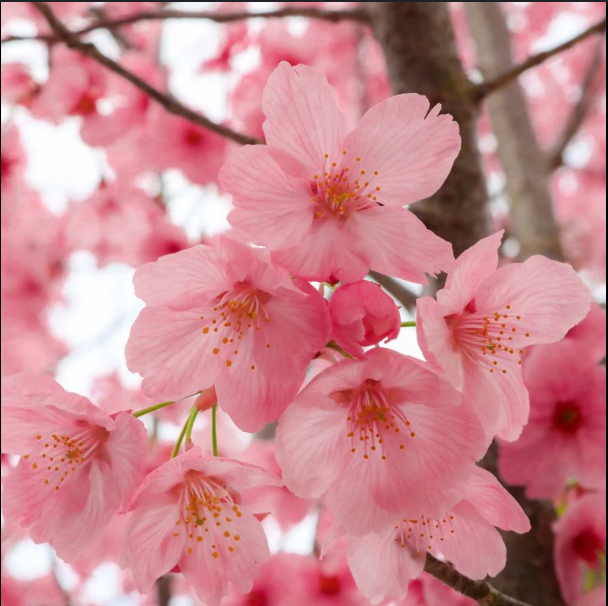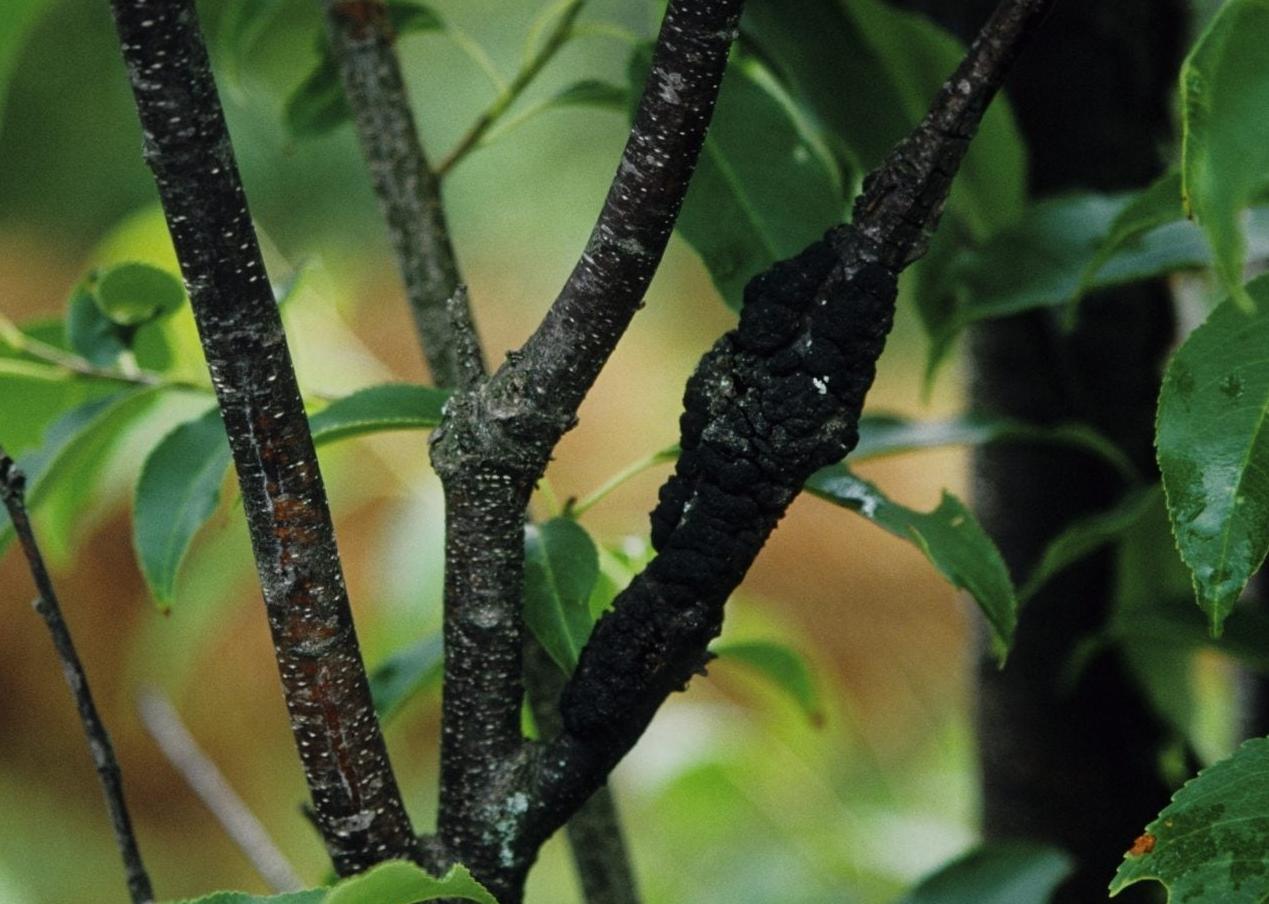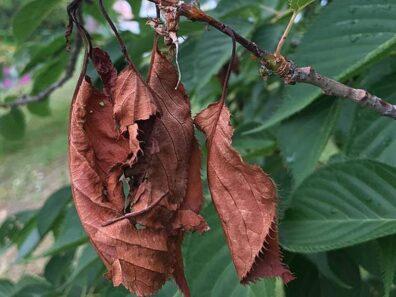Cherry Blossom Plant
The Cherry Blossom (Prunus serrulata) is a medium-growing tree that typically reaches 20-40 feet in height. It thrives in USDA zones 5-8 and prefers well-drained, loamy or sandy soils. This tree does best in full sun to partial shade and requires medium moisture. Although it has no edible or medicinal properties, it is widely celebrated for its stunning spring blossoms.

Habit
Tree
Height
4-12 m
Growth
Medium
Soil
Well-drained, loamy, sandy
Shade
Full sun, partial shade
Moisture
Medium
Edible
No
Medicinal
No
Origin
Japan, Korea
Climatic Condition
Temperate, Cold
Temperature (°)
-5-20°C
Humidity (%)
40-70%
Potting media
Peat, compost
Fertilizers
NPK 10:10:10
Watering
Regular watering
Plant Weight
5-15 kg
Flowering Time
Spring (March-April)
Soil Ph level
6.0 - 7.5
Water Ph level
6.0 - 7.5
Soil EC
1-2 dS/m
Yield Per Plant
11.4 to 19kg ,(sour dwarf) , 45.4 to 68 kg (semi dwarf)
NPK ratio
05:10:10
life Span
30-50 years
Health Benefits
Symbolic, aesthetic value, air purification
Suggested Grow Media or Potting Mix ?
50% loamy soil, 30% compost, 20% sand
Suggested Fertigation/Fertilizers
Fertilize every 6 weeks with a balanced, slow-release fertilizer.
Common Diseases and Remedies
Brown Rot
Brown, sunken spots on flowers and fruit; can cause fruit to shrivel and mummify on the tree.
Remove and destroy affected fruit, apply sulfur or copper-based fungicides, ensure good air circulation.
HEALTH BENEFITS
· Contains antioxidants that promote skin health.
· Used in traditional medicine for its anti-inflammatory properties.

